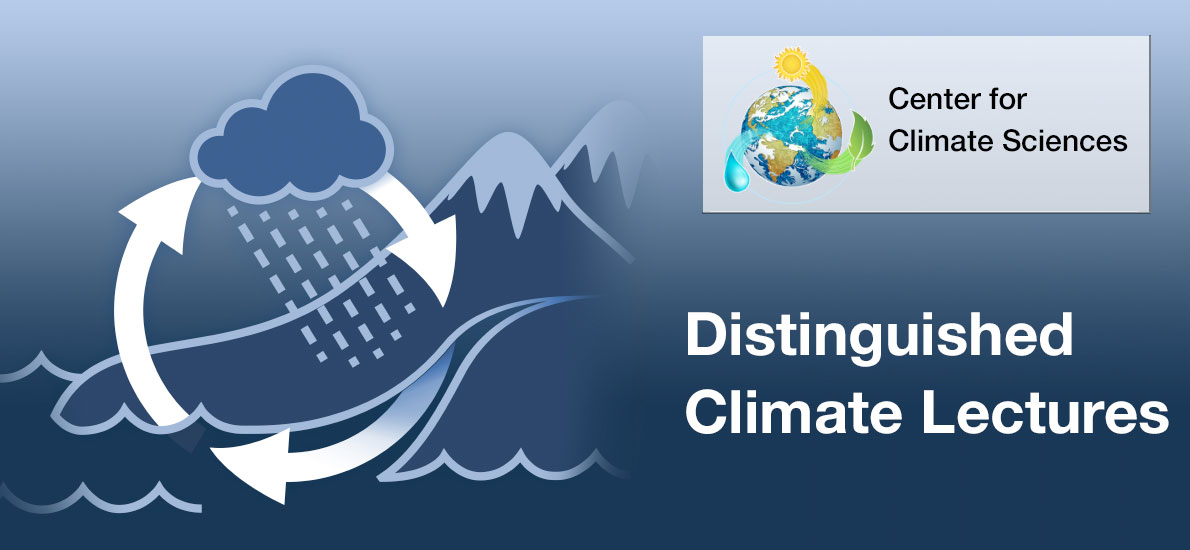Seminars
Improving Climate Models and Projections using Observations
November 18, 2025
| 180-101 (in person) & Microsoft Teams, 3:00 pm PT
› view lecture

About this Lecture
About

Detlef Stammer is Chair of the WCRP Joint Scientific Committee. Detlef received a Ph.D. in Physical Oceanography from the Institute of Oceanography, Kiel. In 1993 he took a postdoctoral position at MIT, where he subsequently became Principal Research Scientist. In 1999 he was appointed to a tenured faculty position at the Scripps Institute of Oceanography at the University of California, San Diego. Detlef remained in America until 2003, when he returned to Germany to take up a Professorship at the Institue for Oceanography at the University of Hamburg. He is now a senior Professor at the Center for Earth System Research and Sustainability at the University of Hamburg, Germany. Detlef's research interests include the role of the ocean in climate variability and sea level change.
